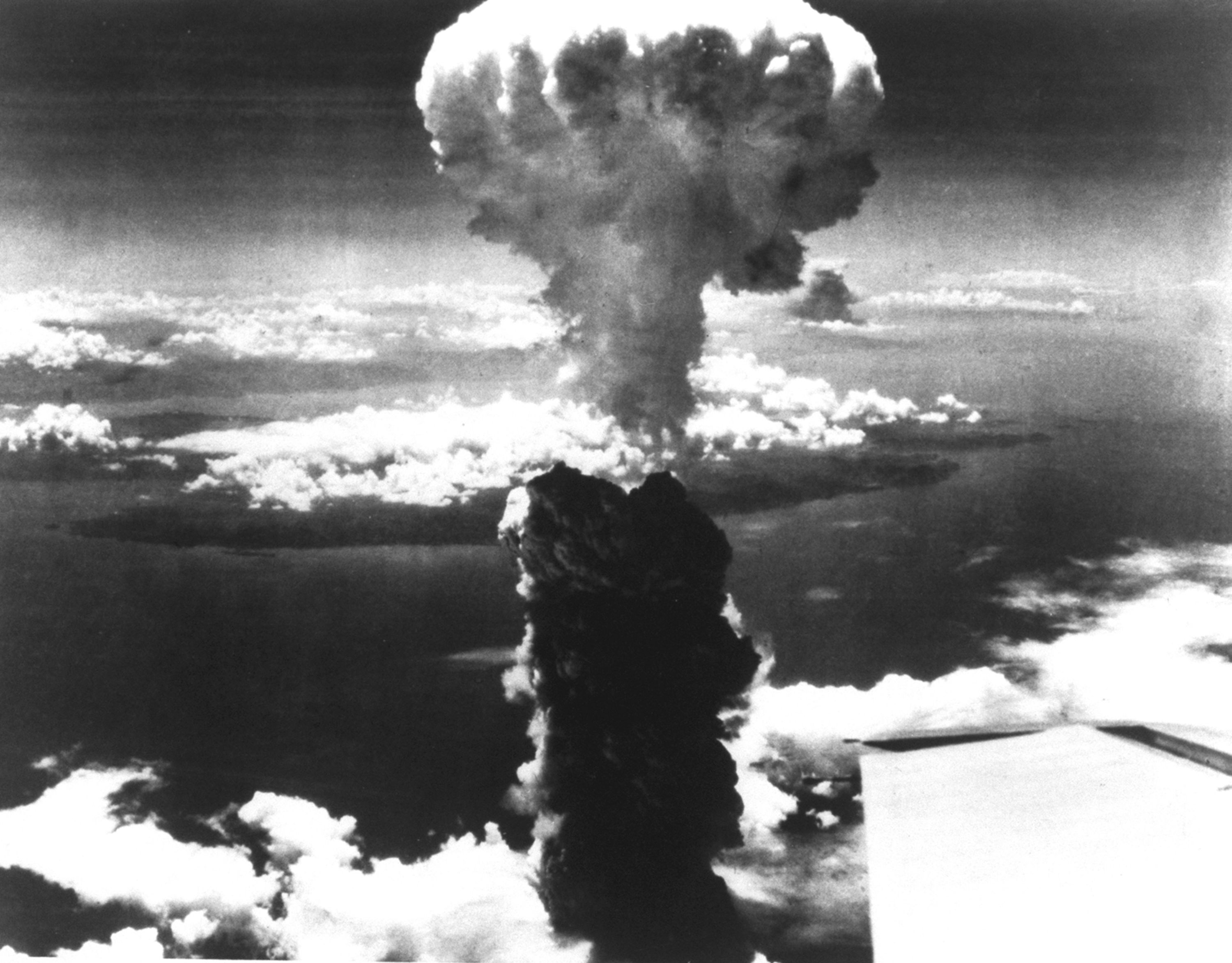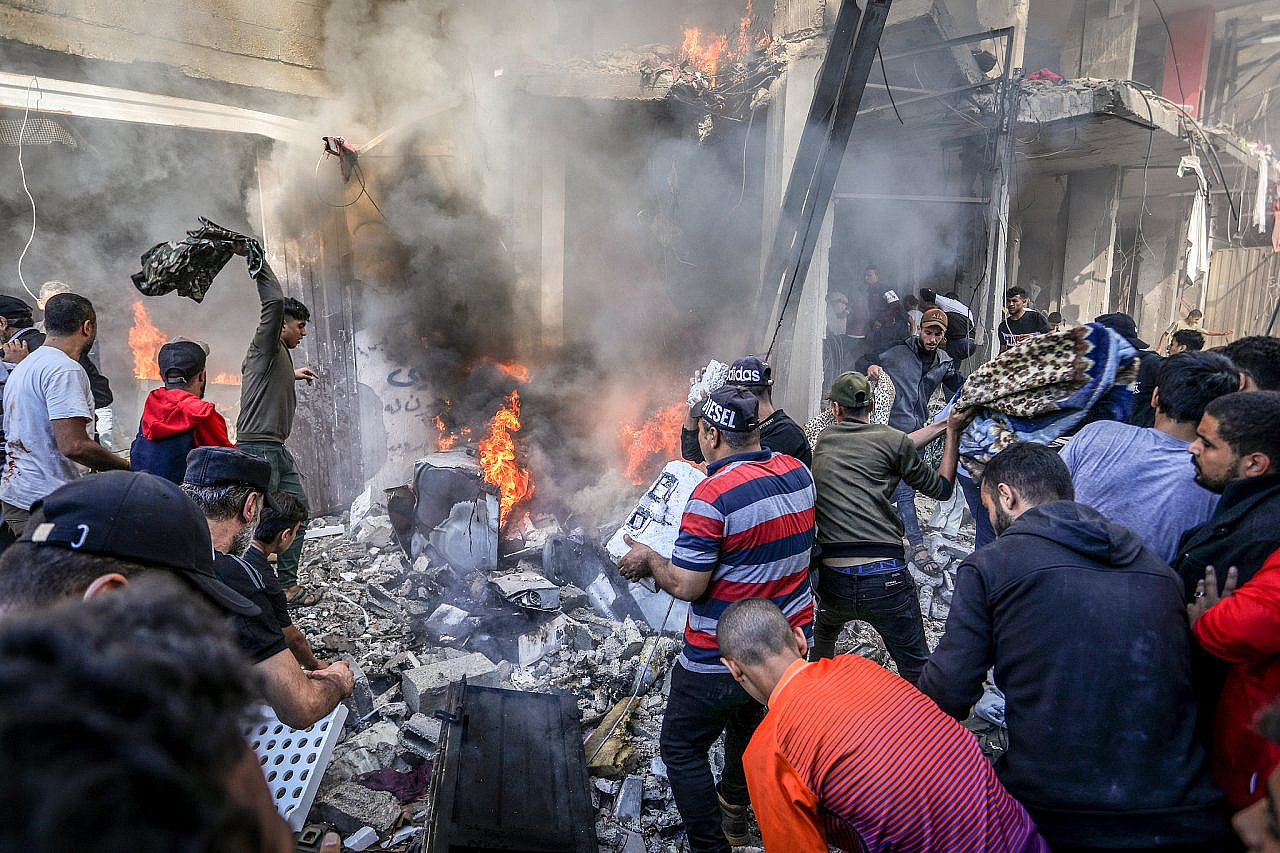 The American grenade that nearly killed 10-year-old Shah Mohammed landed on an unmarked firing range in a scrubby desert, in the shadow of the largest U.S. military base in the country.
The American grenade that nearly killed 10-year-old Shah Mohammed landed on an unmarked firing range in a scrubby desert, in the shadow of the largest U.S. military base in the country.
Like hundreds of other U.S. explosives fired here, it was supposed to detonate on impact. Like hundreds of others, it didn’t. t remained unexploded until Mohammed stumbled upon the ordnance while looking for scrap metal this month. He had nearly gathered enough shrapnel and bullet shells to trade for an ice cream cone. Then the 40mm grenade tore through the boy’s 87-pound body, breaking through bone and tendon and nerve.
When Mohammed’s father, Shahzad Gul, found his son, he thought to himself: “All of his blood is gone.”
On the periphery of Bagram Airfield, farmers, scrap-metal collectors and sheep herders have been crippled, blinded and burned by U.S. military ammunition on an unfenced and poorly marked training ground. Called the East River Range, the training ground is blanketed with unexploded U.S. ordnance that was dropped from helicopters and fired from vehicles as part of battlefield rehearsals.
There is no barrier between nearby villages and the range — it is unclear where the dusty townships end and the vast military training area begins. The only apparent warnings are scrawled in faded, barely decipherable English lettering on concrete blocks: “Small Arms Range” and “Weapon Range.” There is no translation in Dari or Pashto, the two most common languages in Afghanistan.





 The United States will mark the 84th anniversary of the Japanese attack on the U.S. naval...
The United States will mark the 84th anniversary of the Japanese attack on the U.S. naval... On Monday, August 6, 1945, after six months of intense firebombing of 67 other Japanese cities,...
On Monday, August 6, 1945, after six months of intense firebombing of 67 other Japanese cities,...:focal(1285x1016:1286x1017)/https://tf-cmsv2-smithsonianmag-media.s3.amazonaws.com/filer_public/d1/4e/d14ed238-3b62-4506-9f53-fc2178dade60/nov2025_d17_prologue.jpg) In the fall of 1945, a bit more than six years after Nazi Germany invaded Poland...
In the fall of 1945, a bit more than six years after Nazi Germany invaded Poland... In 2021, a book titled “The Human-Machine Team: How to Create Synergy Between Human and Artificial...
In 2021, a book titled “The Human-Machine Team: How to Create Synergy Between Human and Artificial...






























